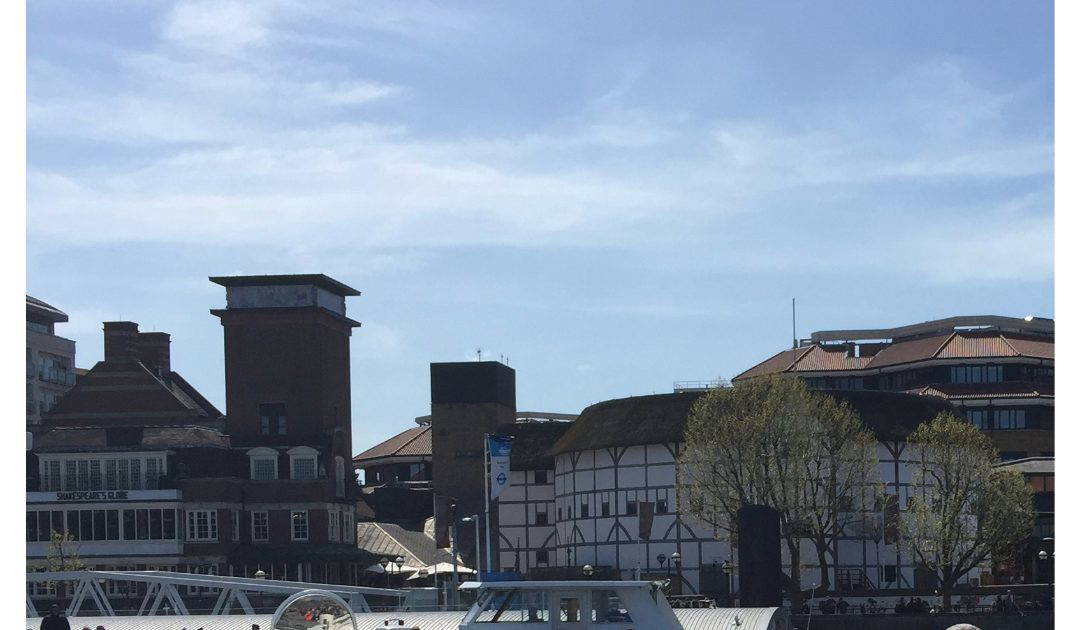On the 29th of June, 1613, the Globe Theatre in London burnt to the ground. The Globe Theatre in London stands as an enduring symbol of Elizabethan drama and the vibrant theatrical culture of the late 16th and early 17th centuries. Originally constructed in 1599 by the playing company known as the Lord Chamberlain’s Men, of which William Shakespeare was a shareholder, the Globe Theatre quickly became an iconic venue for the burgeoning art of English drama.
Situated on the south bank of the River Thames in Southwark, the Globe was built using timber from an earlier theatre of the same company, aptly named The Theatre. This structure had been dismantled in 1598 after a dispute over land lease agreements, and the materials were transported across the river to its new site. The Globe was designed as an open-air amphitheatre, with a circular structure and a thrust stage projecting into the yard, allowing audiences to surround the performers on three sides. It could accommodate up to 3,000 spectators, with the more affluent seated in covered galleries and the general populace, known as “groundlings,” standing in the open yard.
The theatre was the stage for many of Shakespeare’s greatest plays, including “Hamlet,” “Othello,” “King Lear,” and “Macbeth.” Its vibrant atmosphere was characterised by enthusiastic audiences who were often boisterous and interactive, contributing to the dynamic nature of performances during that era.
Tragedy struck in 1613 when a cannon shot, used as a special effect during a performance of “Henry VIII,” ignited the thatched roof, leading to the complete destruction of the Globe by fire. Remarkably, the theatre was rebuilt the following year, this time with a tiled roof to prevent similar accidents. The resilience of the theatre and its company highlighted the cultural value placed on theatrical arts in London.
However, this second Globe Theatre met its demise in 1644, following the closure of all theatres by the Puritan government in 1642, who viewed theatrical performances as immoral and frivolous. The site was eventually repurposed, and the original location faded into obscurity over the centuries.
Centuries later, the vision of American actor and director Sam Wanamaker spurred the reconstruction of a faithful replica of the Globe. His dedication led to extensive historical research and archaeological excavations to ensure authenticity. The modern reconstruction, known as Shakespeare’s Globe, opened to the public in 1997, just a short distance from the original site. Built using traditional materials and techniques, it features the iconic open-air design and thatched roof, adhering closely to what historical evidence suggested about the original structure.
Today, Shakespeare’s Globe not only serves as a working theatre but also as an educational centre dedicated to exploring Shakespeare’s works and the broader context of Elizabethan theatre. It stands as a testament to the enduring legacy of Shakespeare and the timeless appeal of live performance, drawing visitors and theatre enthusiasts from around the world.

